Eagle Cam from Southwest Florida – Ozzie and Harriet
Camera-2 360 degree view: Wecome to the breeding season 2020! A pair of bald eagles named Ozzie and Harriet have been coming to this nest located in Fort Myers, FL for the past 9 years. They nest early compared to other pairs between the months of October- April. In 2012 through private funding a camera was installed 6 feet above the nest. The nest sits on two branches of a slash pine tree approximately 60 feet from the ground and […]


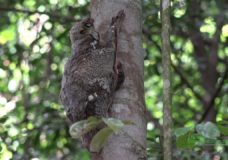

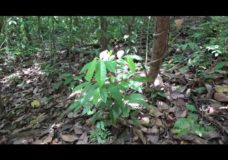
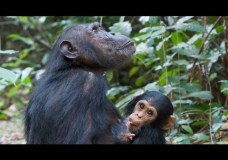



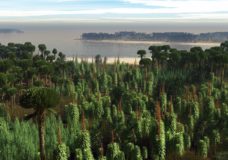

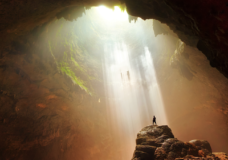


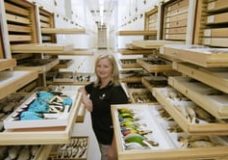


Recent Comments